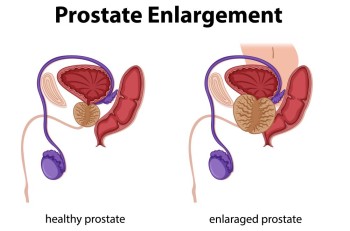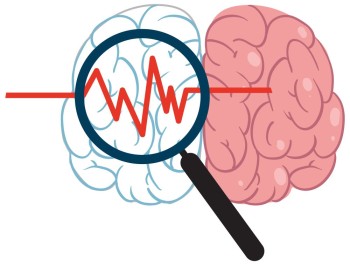
₹6,400
₹8,000
MRI brain scans with an epilepsy protocol are specialized imaging studies designed to detect structural abnormalities in the brain that may be associated with epilepsy.
Category:
MRI Scan



